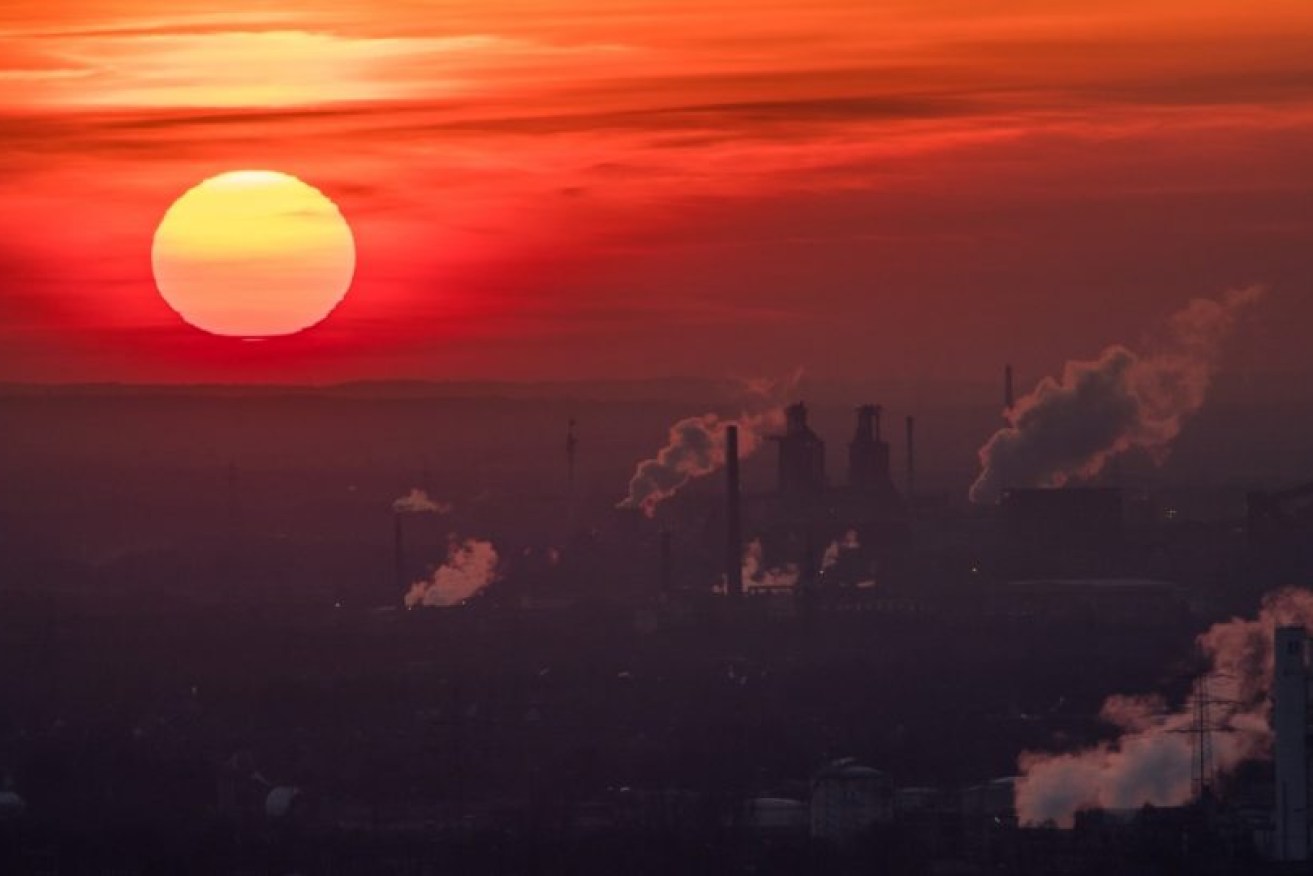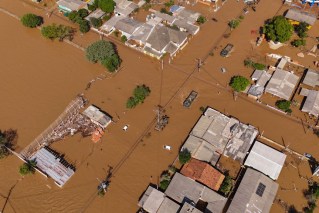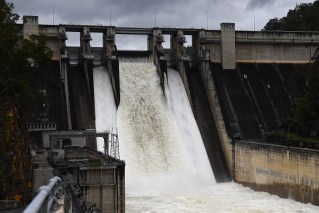Why 2016 was the world’s hottest year ever


New data shows that 2016 was the world’s hottest year on record –the third record-breaking year in a row. Photo: Getty
Scientists have called for greater action to fight human-induced climate change, as new data shows 2016 was the world’s hottest year on record and the third record-breaking year in a row.
According to a final report from the World Meteorological Organisation (WMO), global average temperatures in 2016 were 1.1°C warmer than pre-industrial levels and about 0.07°C warmer than 2015, which had been the previous record holder.
Dr Blair Trewin, a senior climatologist at the Bureau of Meteorology and lead author of the WMO statement, said last year had “clearly been the warmest year on record”.
“Almost the entire world was warmer than average in 2016, with every inhabited continent having a year ranking in the top five, and both land and ocean temperatures were at record highs.”
The report is based on data compiled by NASA and the National Oceanic and Atmospheric Administration in the US, and the Met Office and the University of East Anglia in the UK.
Although part of the record-breaking weather could be attributed to a strong El Niño event, a weather phenomenon in the Pacific that drives up global temperatures, a major contributor was long-term warming caused by anthropogenic climate change.
“Whilst 2016’s annual record is unlikely to be broken again in 2017 in the absence of an El Niño, warming trends are continuing unabated and a new record is only a matter of time,” Dr Trewin said.
Out of the 17 warmest years ever recorded, 16 of them have now occurred in the 21st century.
Dr Andrew King, a climate extremes research fellow from the ARC Centre of Excellence for Climate System Sciences and the University of Melbourne, said there was no doubt that humans were driving this warming.

Experts say there’s no doubt humans are driving global warming. Photo: Getty
“This is not a chance occurrence – without our influence on the climate we wouldn’t be reaching these temperatures,” Dr King said.
“We’ve seen many extreme events over the last year including a mass bleaching of the Great Barrier Reef. These are a sign of what’s to come as the warming continues.”
He stressed that both the Australian government and international community needed to take “drastic” action to rein in carbon dioxide emissions to ensure the world did not exceed the 1.5°C warming threshold.
“We have to make rapid and drastic cuts to our greenhouse gas emissions if we are to avoid reaching the 1.5°C and 2°C limits for global warming set out in the Paris agreement,” he said.

Renewable energy is the answer, according to some experts. Photo: Getty
“If we don’t do this we’ll see more damaging extreme events in Australia and across the world.”
Professor Ian Lowe from Griffith University said that transforming Australia’s energy sector into one that relied more heavily on renewable energy show be our “highest priority”.
“The current Australian government targets are nowhere near meeting our share of the global change needed to avoid dangerous climate change,” Professor Lowe said.
“We need to move urgently to phase out coal-fired electricity in favour of renewable energy, and to dramatically improve public transport to reduce car use.
“The highest priority should be improving the efficiency of using energy.”
Last week, the BoM announced that 2016 was the fourth-hottest year in Australia since records began, and a new study released earlier this week said the continent was likely to face extreme rain events at a much faster rate than expected.








